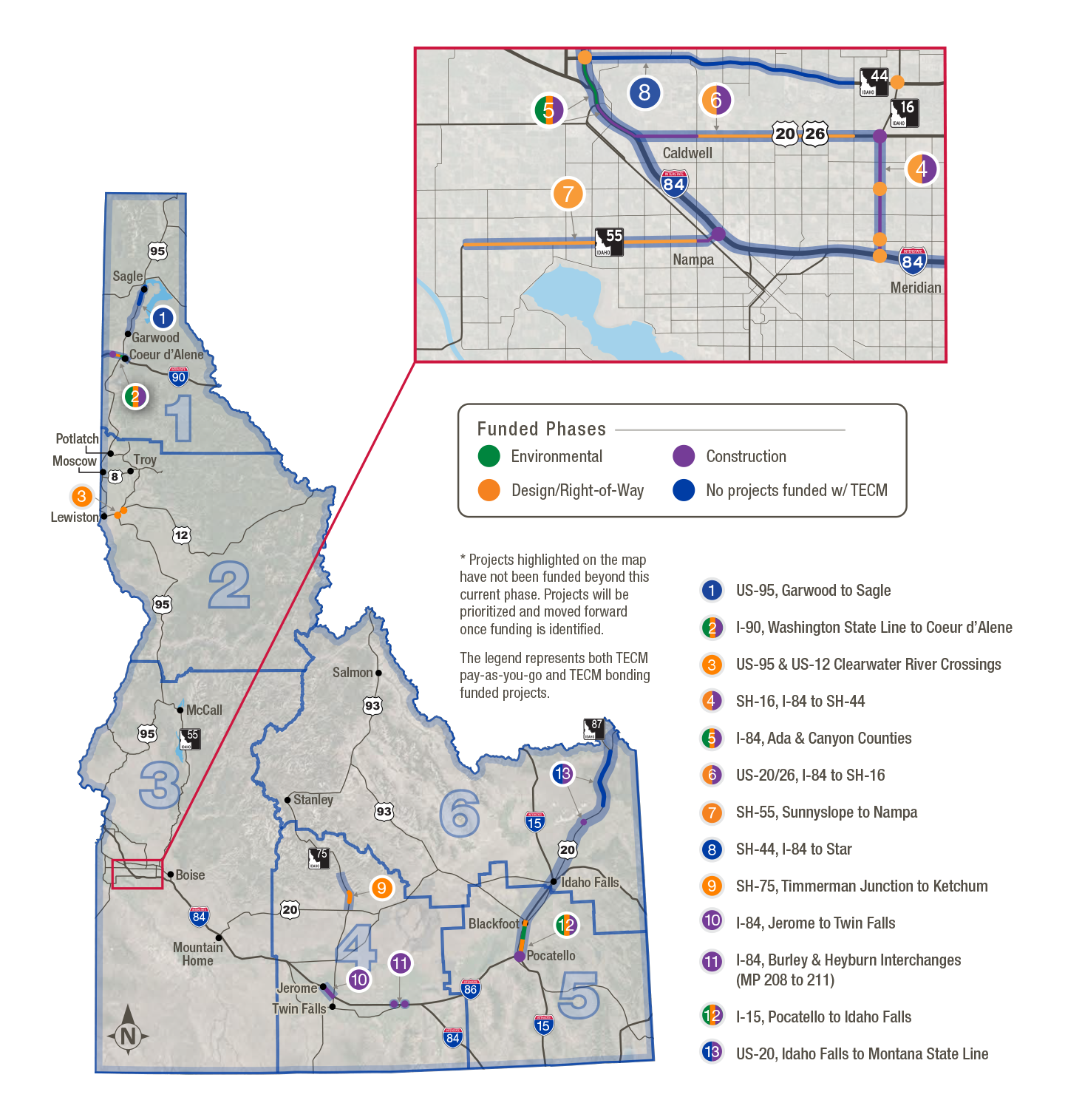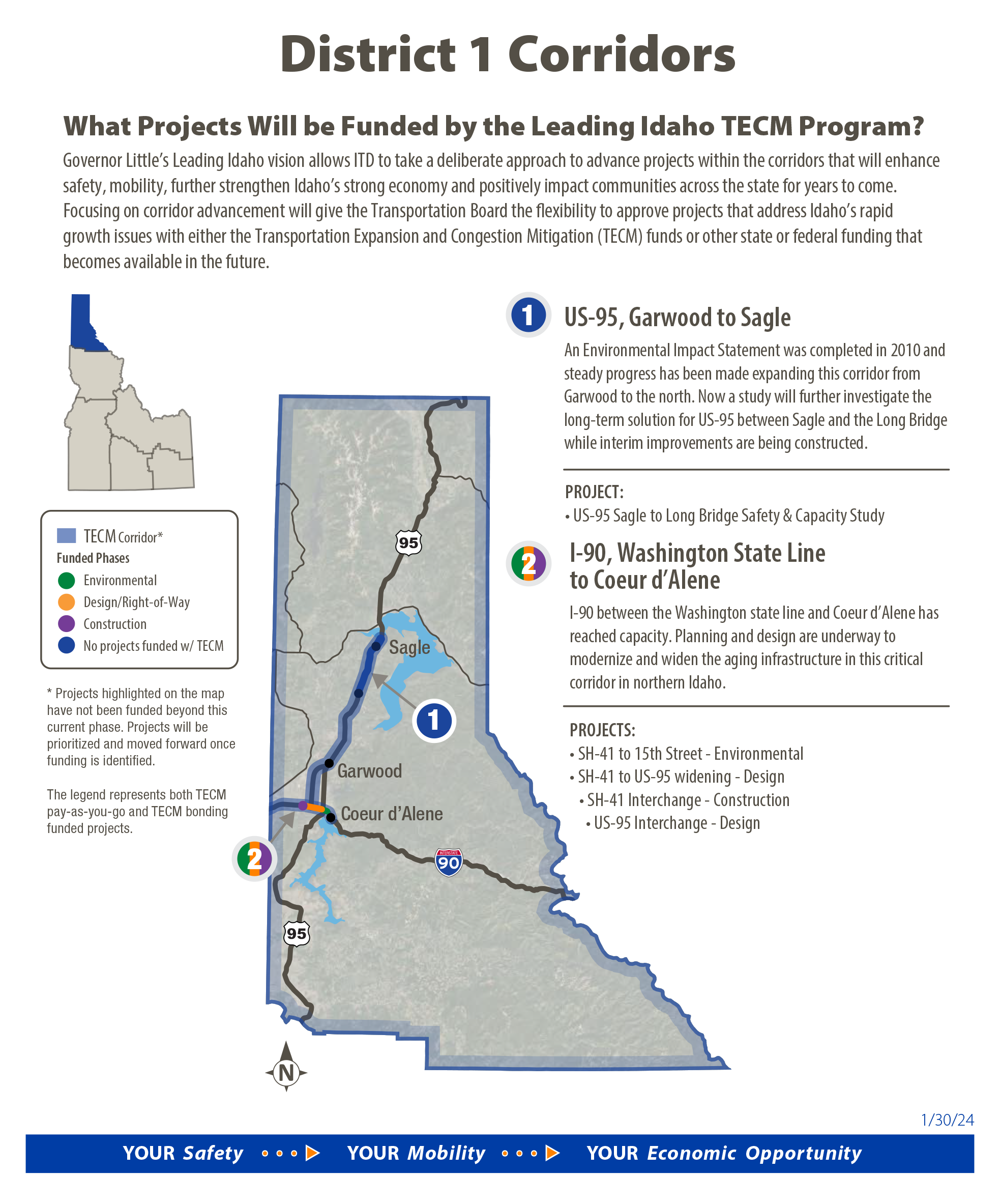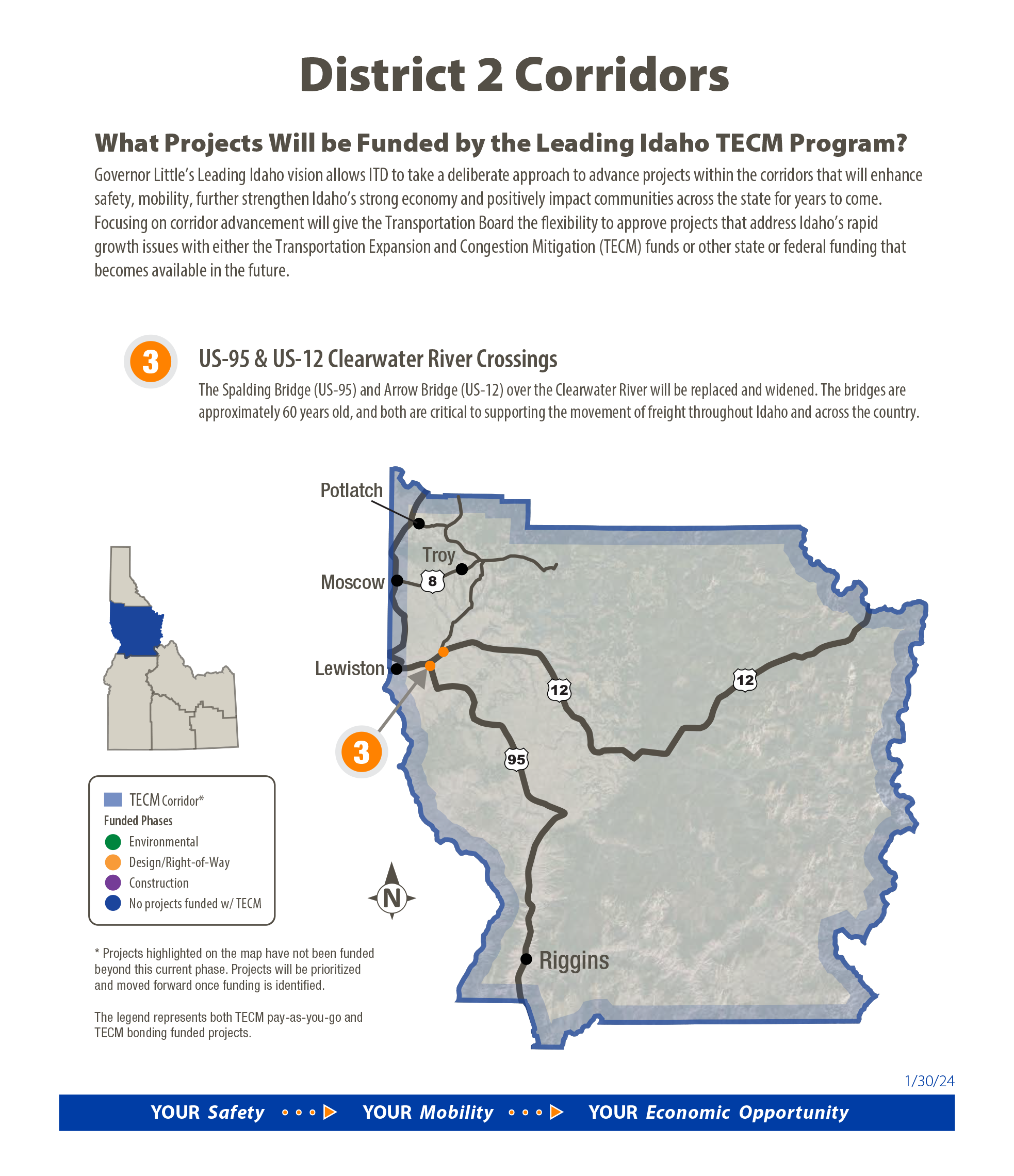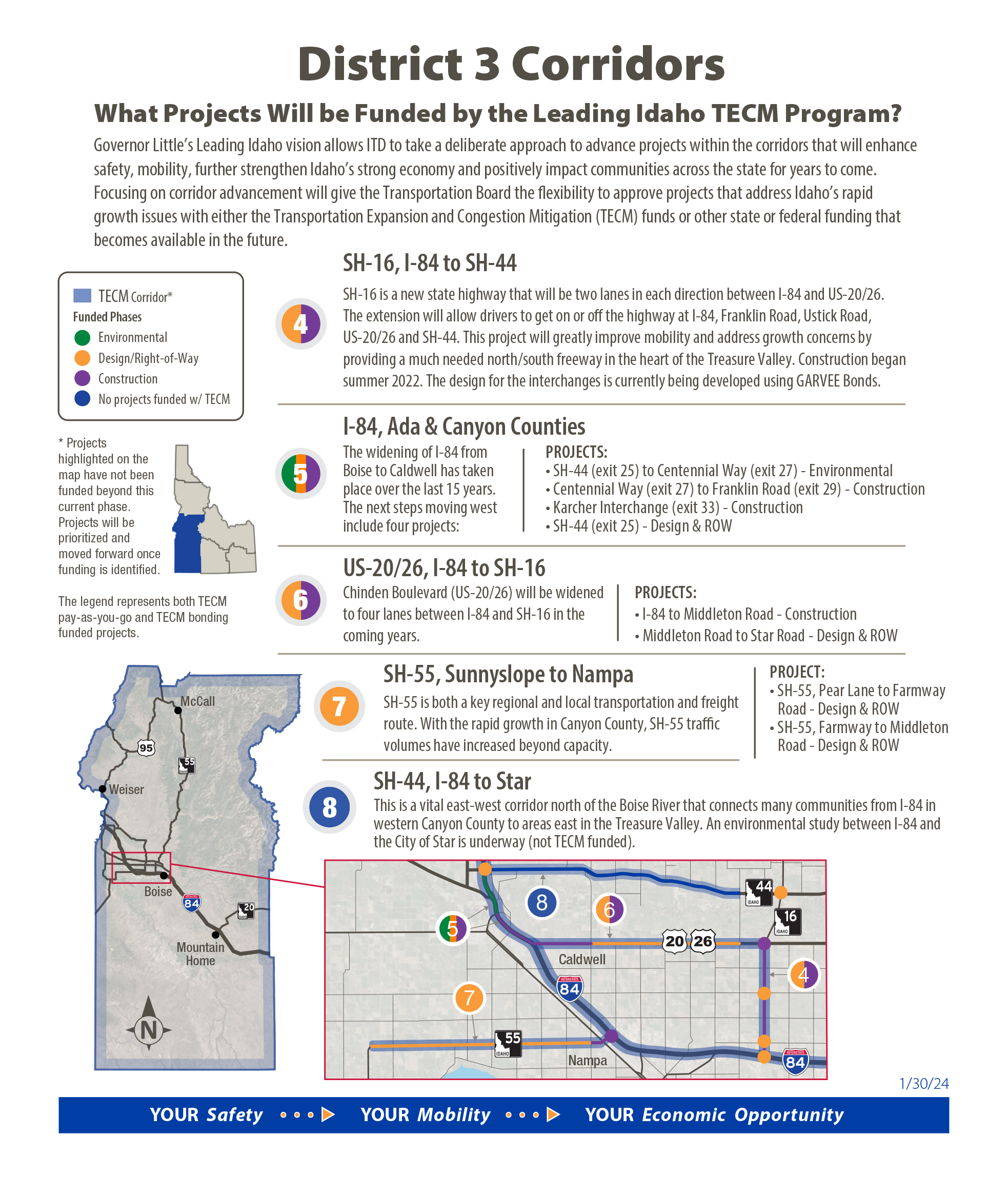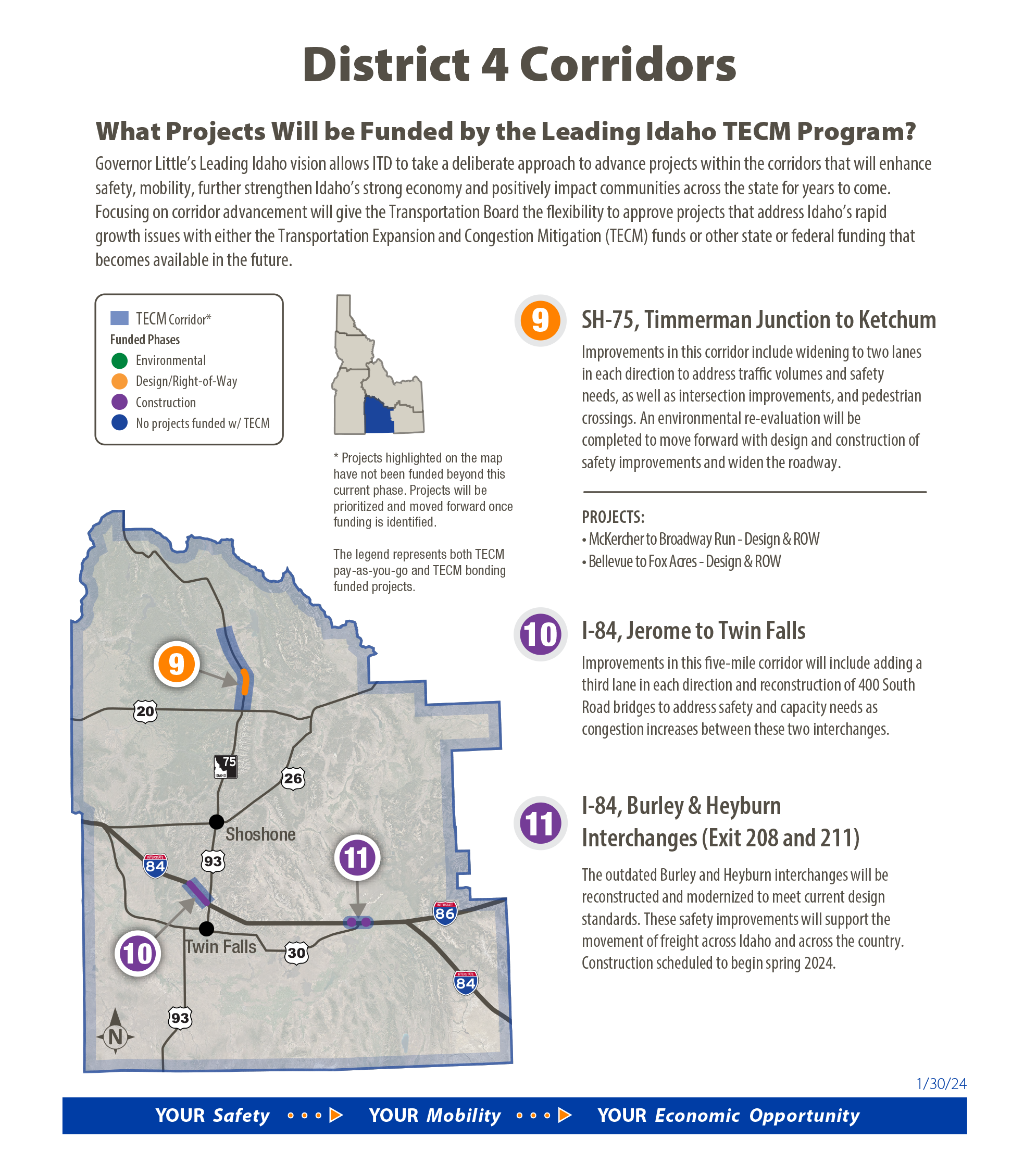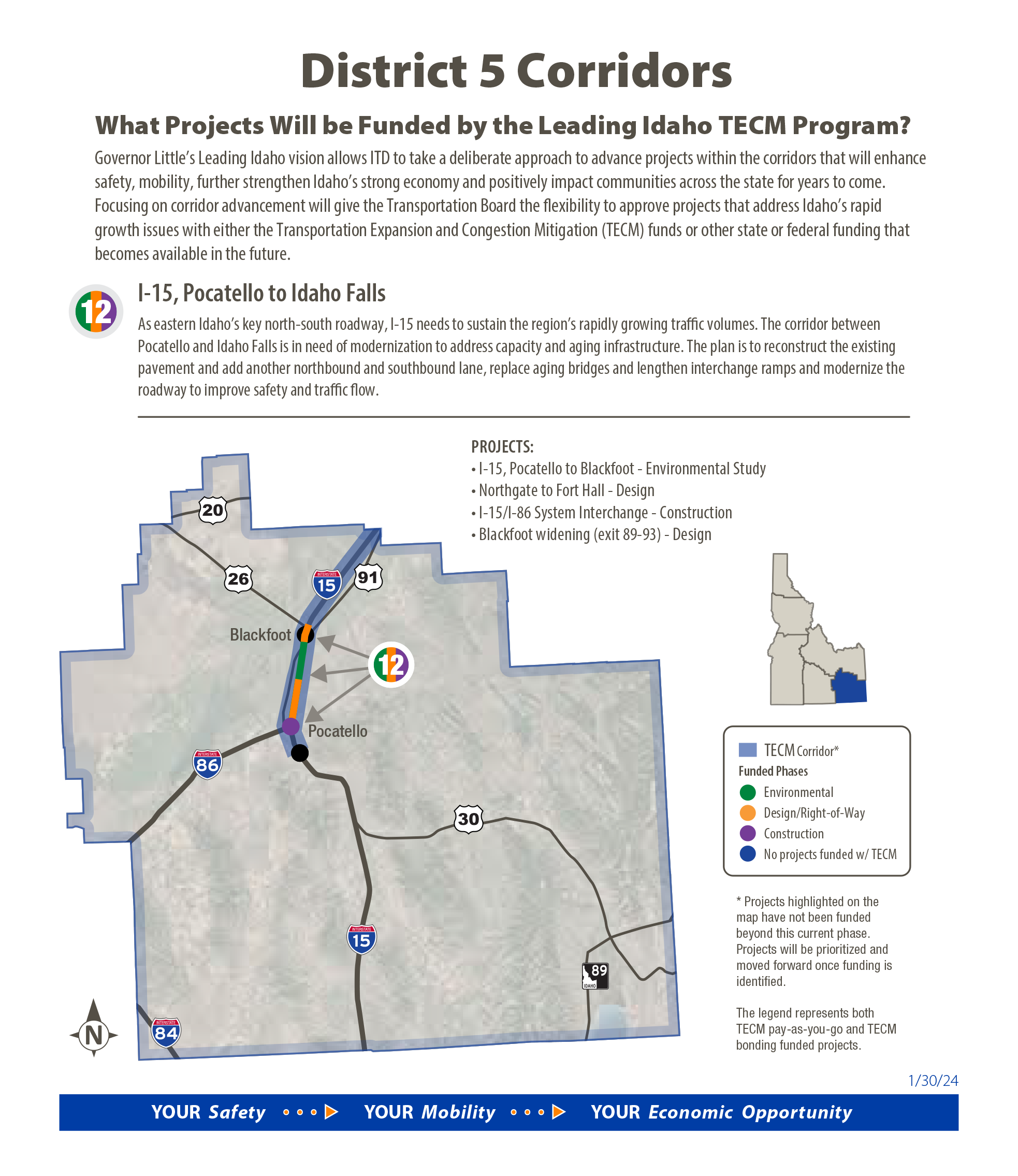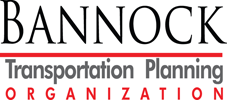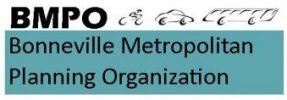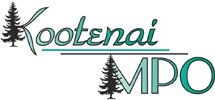Transportation Program Funding
Overview
Here you will find information about funding, the decision-making process, and transportation projects in planning, design, and construction phases throughout Idaho.
Quick Reference for Tabs (above)
- STIP – State Transportation Improvement Program – Seven-year plan in federal format
- STIP Amendments
- ITIP – Approved Idaho Transportation Investment Program – Seven-year plan
- TECM – Transportation Expansion & Congestion Mitigation Program Overview
- MPOs – Metropolitan Planning Organizations – Five MPOs in Idaho
- HDA – Highway Distribution Account – Revenue data
- Local Roads – County & city highway districts’ information, forms & resources
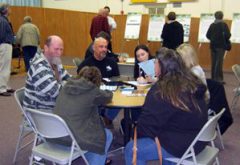 Public involvement is the keystone to building and maintaining a successful transportation system. To achieve that success means spending as much time listening and learning as teaching and telling. The Idaho Transportation Department is committed to creating for all Idahoans, a transportation system that meets the needs of the 21st century.
Public involvement is the keystone to building and maintaining a successful transportation system. To achieve that success means spending as much time listening and learning as teaching and telling. The Idaho Transportation Department is committed to creating for all Idahoans, a transportation system that meets the needs of the 21st century.
- Idaho Transportation Board – Seven members of the Transportation Board
- Advisory Boards – Transportation-related advisory groups
- Transportation Asset Management Plan (TAMP) – Reporting mechanisms for strategic objectives
- Federal Funding Legislation – Infrastructure Investment and Jobs (IIJA) – also known as the Bipartisan Infrastructure Law (BIL)
The Idaho Transportation Board is comprised of seven citizens appointed by the Idaho Governor and confirmed by the Idaho Senate. The transportation board is authorized to control, supervise, and administer the Idaho Transportation Department.
One of the board’s critical roles is to select and fund statewide transportation projects. Improving and properly funding Idaho’s infrastructure is a key component of Governor Brad Little’s vision to strengthen and diversify the state’s economy. Without a strong, efficient transportation system, this will not be possible.
The Idaho Transportation Board recognizes the link between the state’s economy and transportation investments. From moving freight and agricultural goods, to meeting the needs of commuters, and improving our transit system for all modes of transportation in our growing state, the board’s goal is to provide a safe, mobility-focused transportation system that moves at the speed of business and drives economic opportunity.
The Idaho Transportation Department staff makes recommendations and the board selects projects based on engineering, safety and economic analyses. The board’s goals are to increase the safety and efficiency of how people travel and goods are transported, generate jobs and business revenue and grow Idaho’s gross domestic product. Although the economy is a vital component of the department’s efforts, safety will not be compromised for economic opportunity.
My personal goal as board chairman is to give good strategic guidance to the department and make sure it provides outstanding customer service as it maintains and improves our roadways, administers motor vehicles services and maintains our remote airstrips. We will do all of this while keeping our mission of “your safety, your mobility and your economic opportunity” as the foundation for decision making.
As we help shape the future of transportation in Idaho, we rely on input from citizens, nearly a dozen transportation advisory boards, state legislators, regulators, other government agencies, and the Governor. Ultimately, the transportation system belongs to the citizens of Idaho and travelers who depend on it to carry them safely across our great state.
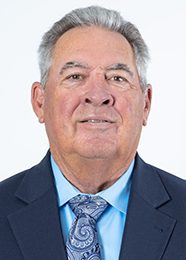
Bill Moad
Chairman
Idaho Transportation Board
Highways, aviation, rail and public transportation needs are all taken into consideration when planning Idaho’s transportation future. Traffic patterns and congestion, land-use issues, safety and preservation of freight rail lines are all important. The transportation department’s planning specialists work closely with local governments, regional planning organizations, the state’s leadership and the public to respond to these needs.
Vital role of public comment
Public comment is an especially critical step in reaching decisions. The transportation department actively seeks the public’s advice throughout the planning, designing, construction and operation of a project.
Not content with just having people come to public hearings, the transportation department goes where the people are. Some of the methods used to obtain public involvement include:
- Reaching rural and metropolitan communities through numerous corridor studies, which include: Interstate 84 Corridor Study; Interstate 84 – Orchard to Gowen Planning Improvements Study (completed); U.S. 20 Corridor Study (completed); U.S. 26; U.S. 91; U.S. 30; U.S. 75; Snake River Crossing Study (completed) and U.S. 95.
- Distributing information about the WYE Interchange Reconstruction Project at local malls and other areas with heavy traffic, such as Edward’s Cinemas.
- Weekly public meetings for major construction projects such as the WYE and Franklin Interchange projects.
- Setting up informational booths at public events, such as the Eastern Idaho Fair in Blackfoot, the Twin Falls County Fair in Filer and a transportation fair in Pocatello.
- Providing an easy-to-use Statewide Transportation Improvement Program booklet for review and public comment.
- Meeting with Native American tribal governments, civic groups and clubs.
- Attending annual meetings for the associations of cities, counties and highway districts.
- Participating with local planning agencies in their public involvement efforts.
- Include public comment from mail, e-mail, and internet interaction for people who can’t attend Statewide Transportation Improvement Program (STIP) public meetings.
- Bringing public information and comment opportunities to the Internet. These sites provide 24-hour access to project information for citizens who can’t make it to public meetings, as well as allowing them a forum for questions and comments.
Implementing policy
The Transportation Board appoints the transportation department’s director and delegates certain powers. The director in turn delegates authority and responsibility for performing work to transportation department managers.
Policies are recommended to the Idaho Transportation Board by transportation department staff and eight advisory boards and committees.
NEPA is the National Environmental Policy Act of 1969. It is primarily a procedural statute (40 CFR sec 1500) for decision-making during federal actions. The statute assures that proper technical, economic, and environmental analysis are performed. For additional information go to the Environmental section of this website.
What Does NEPA Require of Agencies?
- Directs federal agencies to use a systematic, interdisciplinary approach while evaluating environmental factors during the planning process of a federal action
- Involves widespread coordination, review, and disclosure with other agencies and the public
- Documents the environmental analysis process in plain language for the decision-maker and the public.
What are the three types of NEPA documents?
Categorical Exclusion (Cat Ex)
- Minimal anticipated impacts
- A simple/programmatic processes anticipated
Environmental Assessment (EA)
- Unsure if significant impacts
- Evaluation of key resources
Environmental Impact Statement (EIS)
- Significant Impacts
- More detailed evaluation
STIP
Approved FY24-FY30 Statewide Transportation Improvement Program (STIP)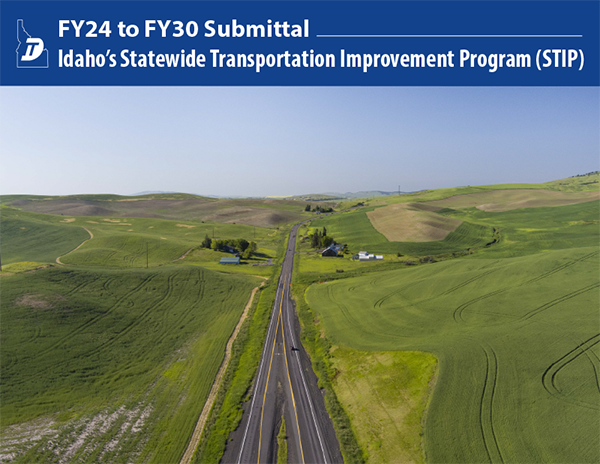
- Approved FY24-FY30 STIP (Entire document) – See sections below for STIP details sorted by categories
- Approval Letter from FHWA/FTA
- To review projects by Metropolitan Planning areas, go to Metropolitan Planning Organizations (“MPOs” tab) to see each area’s Transportation Improvement Program (TIP)
Public Comment Period for Proposed FY24-FY30 STIP Amendments
As amendments are brought forward, opportunities for submitting public comments on proposed amendments to the Idaho’s Statewide Transportation Improvement Program (STIP) will be posted here.
- All comments must be submitted in writing (via email) and received no later than the specified due date.
- For questions, please email: Noah.Ipaye@itd.idaho.gov
See the table below for the due date, amendment title with a clickable link for more information and details, and where to submit your written comments.
| Public Comment Due Date | Proposed Amendment Title # Please click link for additional details | Email for submitting written comments |
|---|---|---|
| No STIP amendment currently up for review |
Federal Highway Administration (FHWA) and Federal Transit Administration (FTA) Amendments
| FY 2024 – FY 2030 FHWA Amendments | FY 2024 – FY 2030 FTA Amendments |
|---|---|
| FHWA Amendment #H1 – March 15, 2024 | |
| FHWA Amendment #H2 – April 24, 2024 | |
| FHWA Amendment #H3 – May 2, 2024 |
Federal Highway Administration (FHWA) and Federal Transit Administration (FTA) Amendments
ITIP
Preparation materials for the FY25-FY31 Idaho Transportation Investment Program (ITIP)
FY24-FY30 Idaho Transportation Investment Program (ITIP)
- FY24-FY30 ITIP (Entire document)
TECM

To address Idaho’s rapid growth and aging infrastructure, Idaho Transportation Department (ITD) is supporting Governor Brad Little’s Leading Idaho initiative to make investments in critical state infrastructure. ITD receives additional funds through the Transportation Expansion and Congestion Mitigation (TECM) program to accelerate corridors that are critical to enhance safety, mobility, and to sustain Idaho’s strong economy into the future.
Governor Little’s Leading Idaho vision allows ITD to take a deliberate approach to advance and develop projects that will positively impact communities across the state for years to come. Focusing on project readiness will give the Idaho Transportation Board the flexibility to approve projects that address Idaho’s rapid growth and aging infrastructure with either the TECM funds or other state or federal funding that becomes available in the future.
Transportation Expansion & Congestion Mitigation (TECM) Program
The TECM program was created by the Idaho Legislature in 2017. Lawmakers added the ability to also use TECM funding to bond for projects in 2019. The combination of pay-as-you-go and bond sale proceeds could reach as much as $1.2 billion for critical transportation improvements to address the highest priority mobility and safety needs.
Using the TECM fund for bonding will accelerate the construction of critical transportation infrastructure that would otherwise take many years to build. ITD secures TECM bonds with a pledge of future state sales tax transfer and the Idaho Housing and Finance Association issues bonds on ITDs behalf on an as needed basis. This will ensure that funds are available for the duration of the contract while limiting interest costs.
Leading Idaho one-time funding projects
TECM Program
- District 6 TECM Overview: Click for map & overview
- US-20, Chester to Ashton – Design
- US-20, Ashton to SH-87 – Corridor Study
- US-20, Saint Anthony Interchange – Construction
- Mar. 2022 news article – ITD’s first TECM Bonds rated exceptionally high by rating services Moody’s and Fitch | Press release
- Feb. 2022 news article – Idaho Transportation Board approves projects to modernize roads across Idaho | Press release
- Jan. 2022 press release – Idaho Transportation Board approves bonding plan for statewide safety and expansion projects
- May 2021 news article – Idaho Transportation Board puts new money to work across Idaho | Press release
Contact
- John Tomlinson | John.Tomlinson@itd.idaho.gov | 208-334-8496

MPOs
Metropolitan Planning Organization, commonly referred to as an MPO, is an association of local agencies that coordinate transportation planning and development activities within a metropolitan area. Establishment of an MPO is required by law in urban areas with populations of more than 50,000 in order for the area to use federal transportation funding. MPOs are designed to ensure coordination and cooperation among the various jurisdictions that oversee transportation within the urban area.
MPO decision-making is guided by:
- A policy board, generally comprised of local elected officials and public agency officials who administer or operate major modes of transportation, and
- A technical advisory group of professional planners and engineers who are often employees of the same agencies.
An MPO is not a level of government; however, the MPO has effective control over transportation improvements within the area since a project must be a part of the MPO’s adopted long-range plan and be placed in their Metropolitan Transportation Improvement Program (MTIP) in order to receive federal funding.
MPOs in Idaho
Transportation Improvement Program (TIP) Documents & MPO Contacts
Bannock Transportation Planning Organization (BTPO)
Southeast Idaho MPO
Mori Byington, Director
P.O. Box 6129 | 214 E. Center | Pocatello, ID 83205
(208) 233-9322 | mori@bannockplanning.org
Bonneville Metropolitan Planning Organization (BMPO)
East Idaho MPO
Darrell West, Director
1810 W. Broadway, Suite 15 | Idaho Falls, Idaho 83402
(208) 612-8530 | dwest@bmpo.org
Community Planning Association of Southwest Idaho (COMPASS)
Southwest Idaho MPO
Matt Stoll, Executive Director
800 S. Industry Way, Suite 100 | Meridian, Idaho 83642
(208) 855-2558 | mstoll@compassidaho.org
Kootenai Metropolitan Planning Organization (KMPO)
North Idaho MPO
Glenn Miles, Executive Director
250 Northwest Blvd. Suite 209 | Coeur d’Alene, ID 83814
(208) 930-4164 | gmiles@kmpo.net
Lewis-Clark Valley Metropolitan Planning Organization (LCVMPO)
North-Central Idaho MPO
Shannon Grow, Director
P. O. Box 759 | Asotin, WA 99402
(208) 553-7506 | director@lewisclarkmpo.org
HDA Revenue
Highway Distribution Account (HDA)
- Current Quarterly Distribution to Local Governments
- Revenue Distributions to Counties, Highway Districts and Cities
- HDA Sources & Detailed Distribution Flow Chart
- Distribution of State Highway Funds Overview
Quarterly Payments to Local Government Agencies
Local Roads
LHTAC – Local Highway Technical Assistance Council
- Annual Road and Street Financial Report Summary – 2010 to 2021
- ITD no longer provides the “Search for Road Reports” application. Please refer to the Summary reports below for details provided on the reports or contact the ITD Financial Planning and Analysis Section for assistance.
Summary for Cities, Counties and Highway Districts Financial Reports in Excel file format
- Online Submission Form: Annual Road & Street Financial Report (includes LHTAC Report)
- Instructions for completing the Annual Road & Street Finance Report
- Excel Form, Automated Pages: Annual Road & Street Finanical Report Form
- Excel Form, Non-Automated Pages: Annual Road & Street Financial Report Form – Pages 1,2, & 3
Contacts
Questions?
Go to: Contact Us | ITD Communication Portal
ITD Headquarters Location: 11331 W. Chinden Blvd, Boise, ID 83714
Mailing Address: PO Box 7129, Boise, ID 83707-1129

